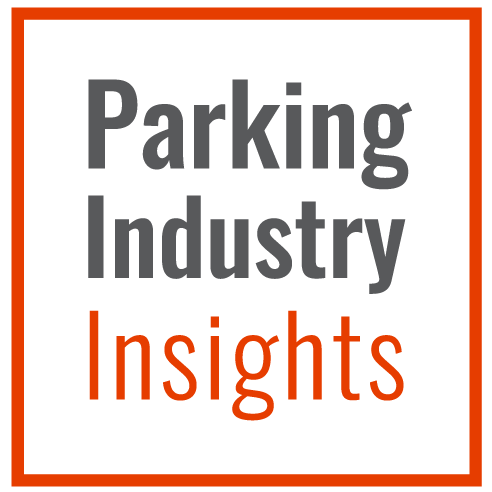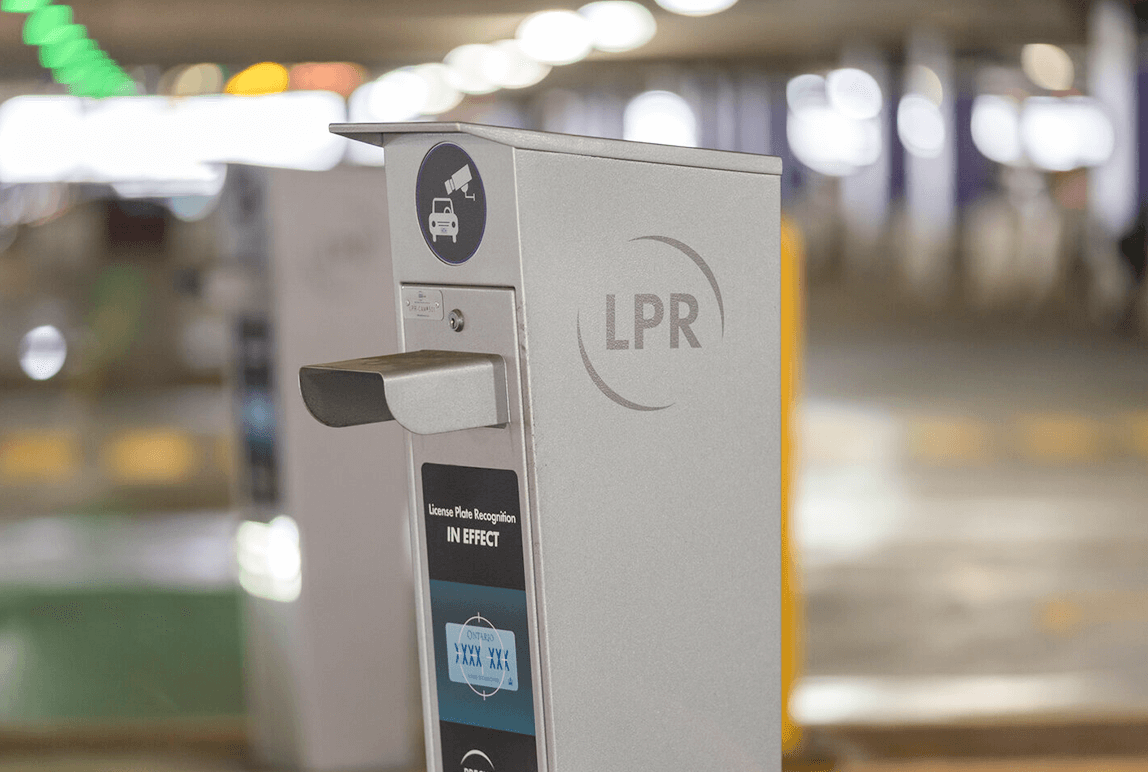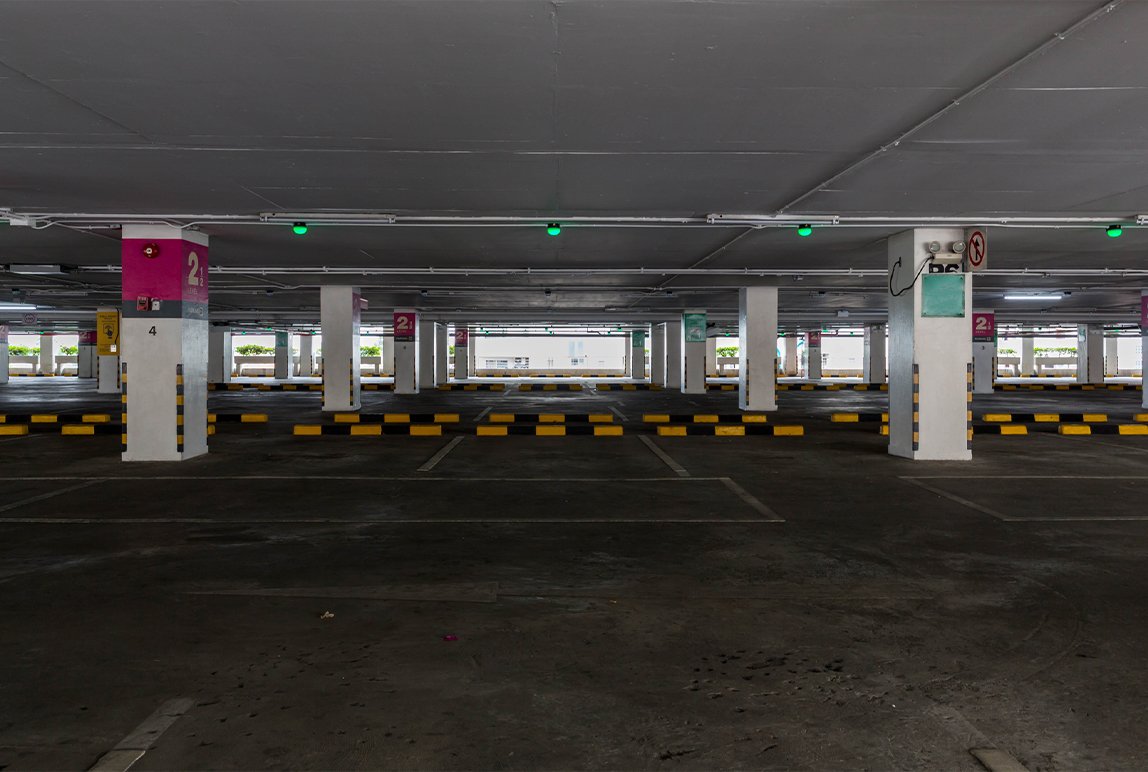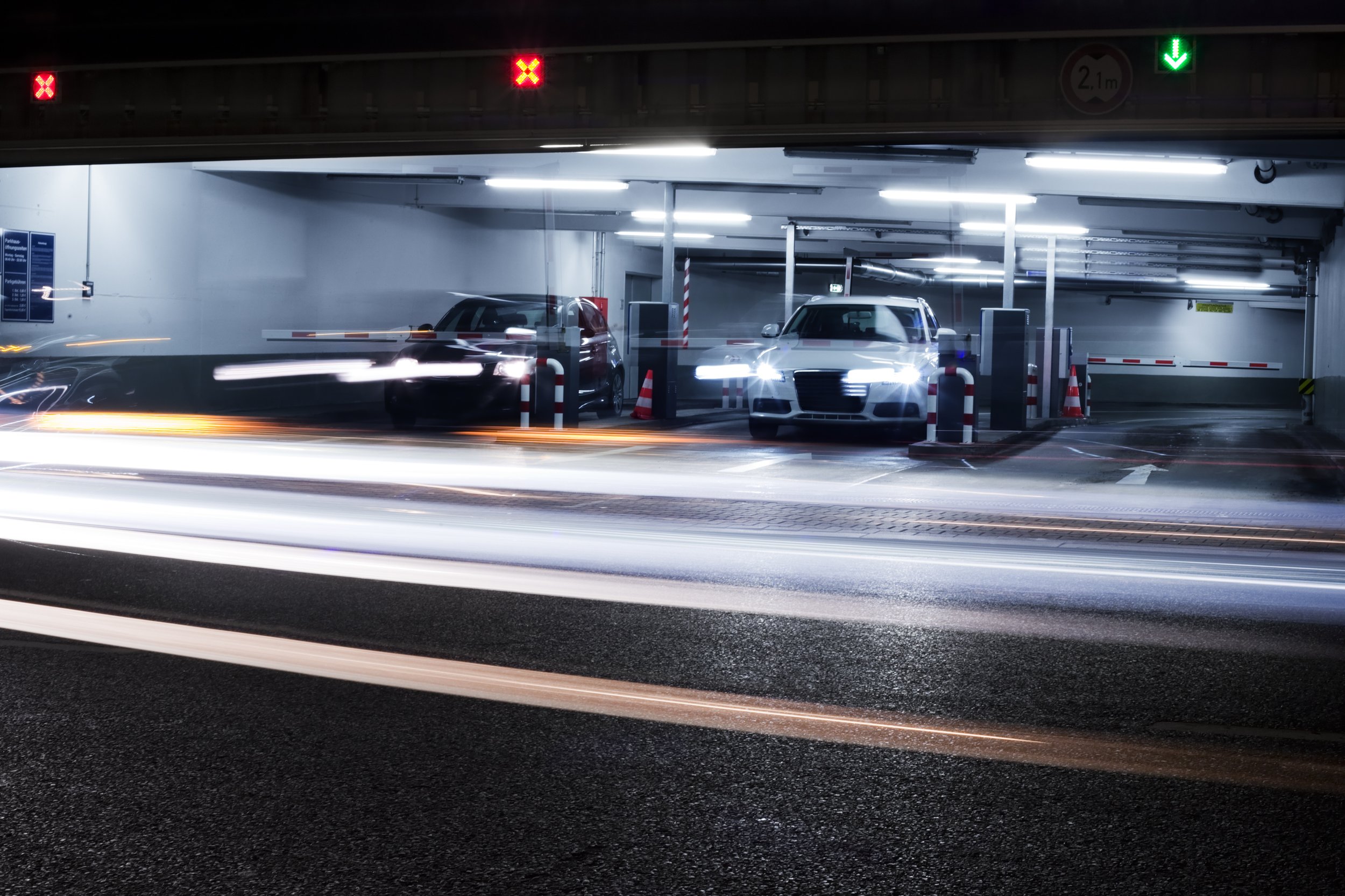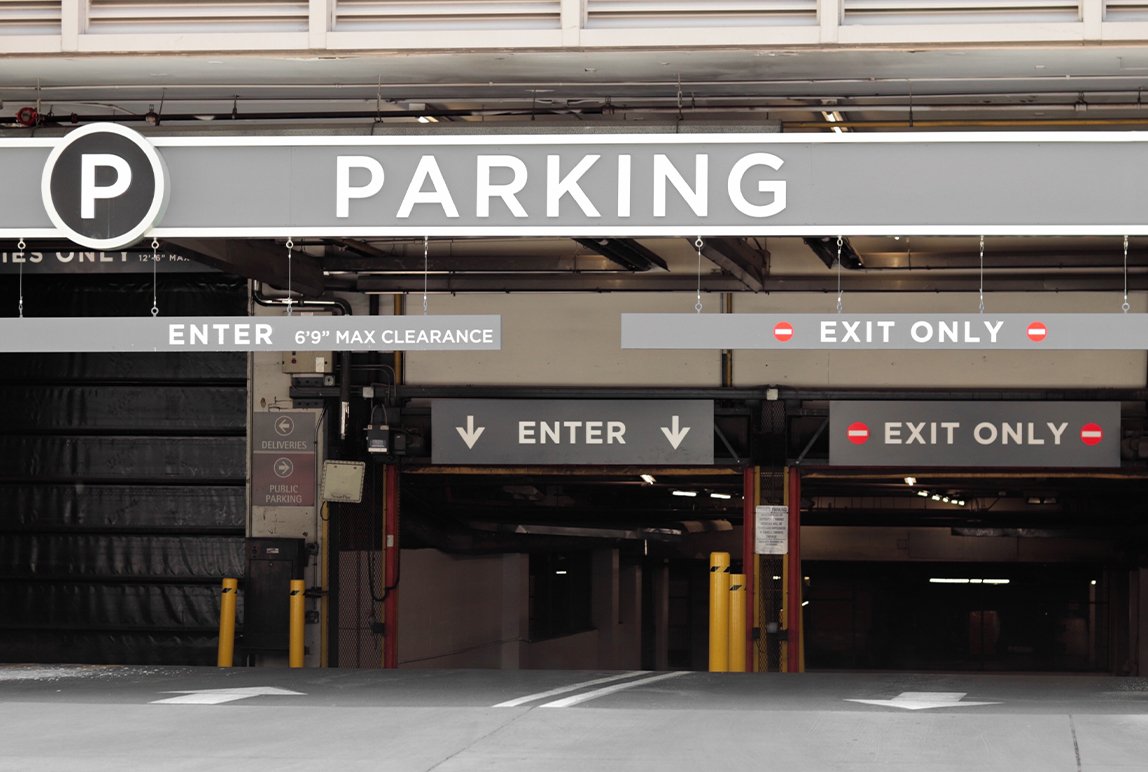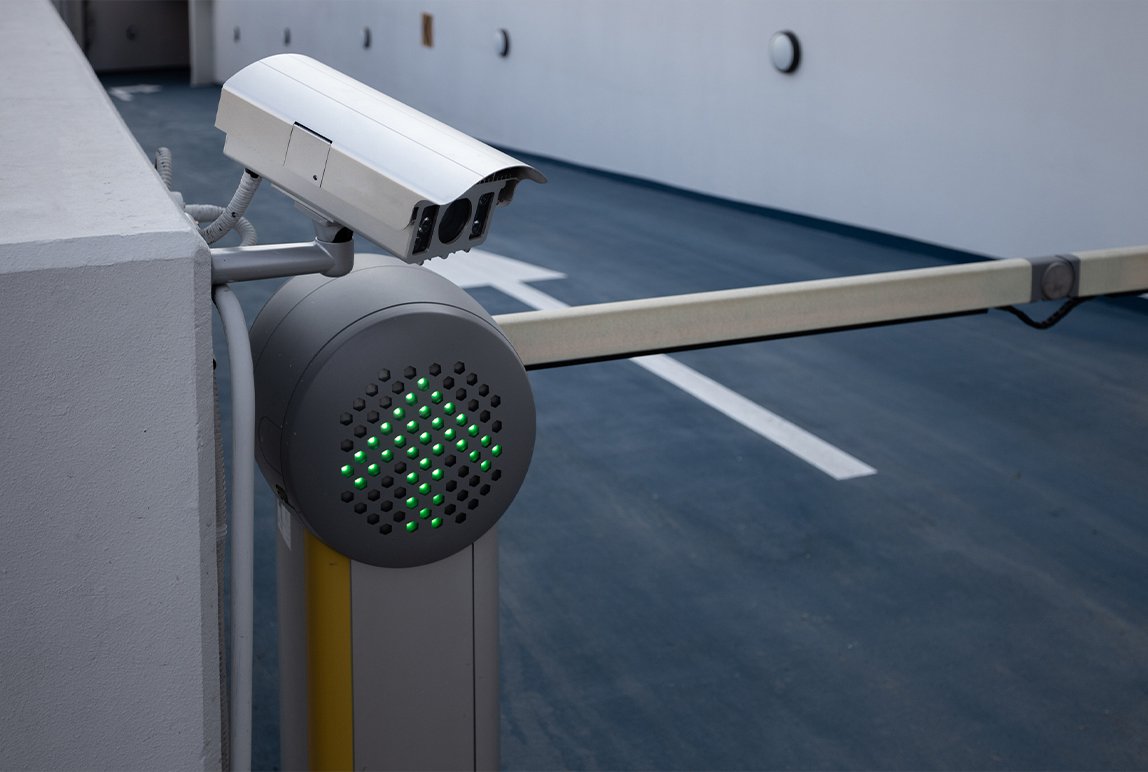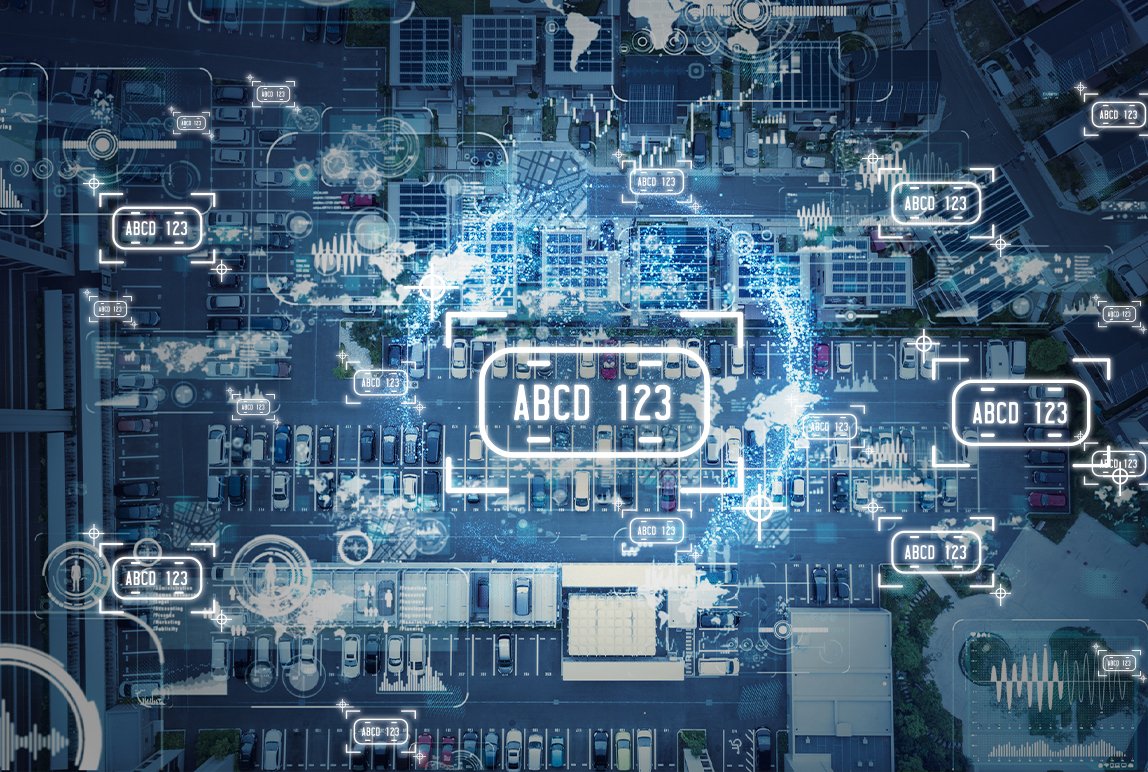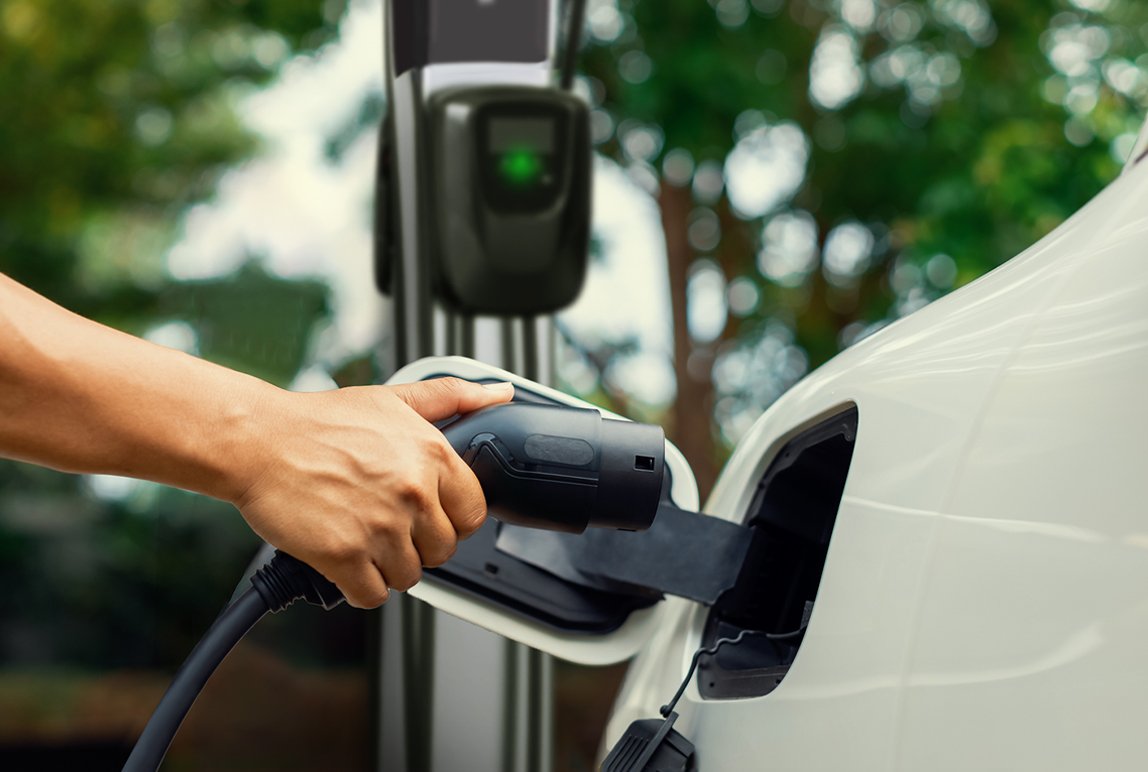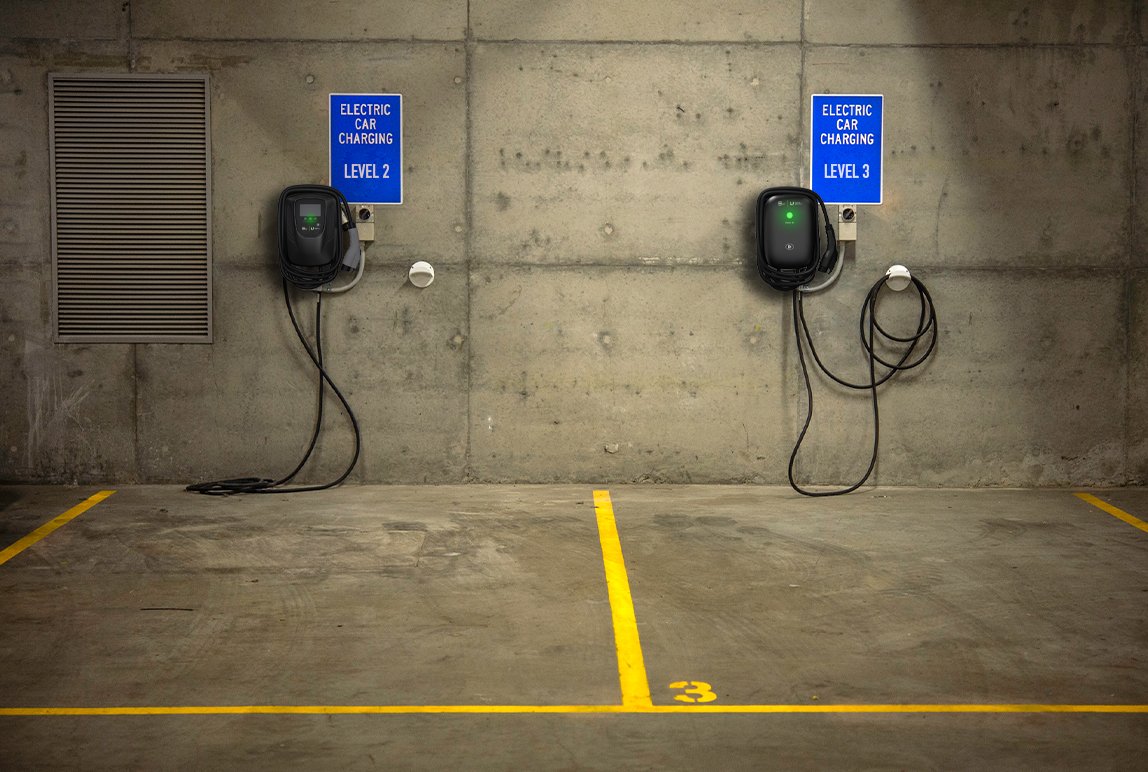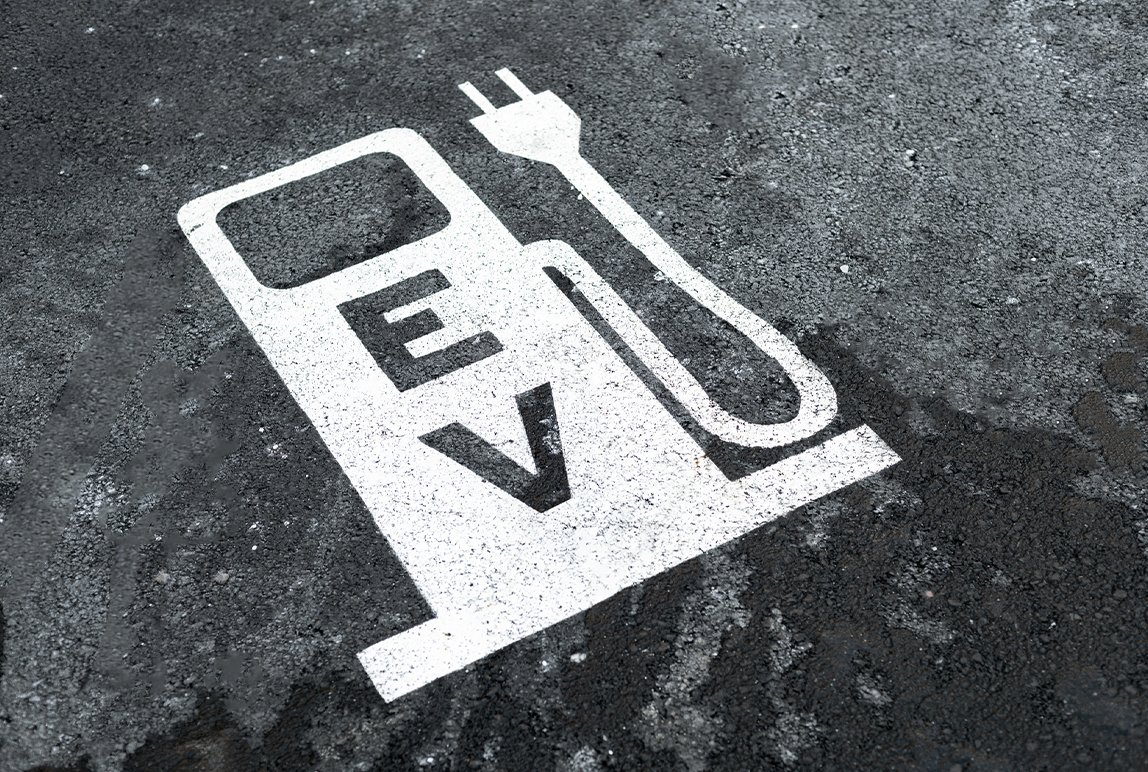License Plate Recognition vs. License Plate Association
Posted: Feb, 03, 2021 12:09PM ET • 3 min read
Consumer expectations for contactless and frictionless parking and mobility experiences have been on a steep incline for the past several years; and the new health and safety realities imposed by the COVID-19 pandemic have only accelerated these expectations. Today, consumers expect safe, easy, and smart experiences with immediate results. It is for this reason that the parking and mobility industry has continually advanced its technologies and innovation road maps to enable parking facilities and commuting points to align their services with consumer expectations.
License plate recognition (LPR) technology has been a fundamental component in the parking industry’s overall ability and progression to provide authentic frictionless solutions. With LPR technology, vehicle license plates are a credential at access points and pay stations. Performed using a combination of character recognition algorithms and hardware, LPR systems capture images of vehicle license plates and use various back-end processes to ensure they are detected and read accurately. Precise images can be captured when a vehicle is stopped or in motion, however this largely depends on the sophistication of the LPR technology in place.
There are multiple ways LPR can be used within parking facilities. Traditional LPR technology reads a license plate number at entry and exit terminals using character sets. However, LPR accuracy levels are enhanced when used in conjunction with license plate association (LPA).
With LPA, both the consumer and operator experiences are remarkably improved being that the technology can understand and anticipate when a vehicle is expected to arrive or depart the parking facility. Operating with utmost intelligence, the LPA algorithm is able to accurately compare and match a list of vehicles expected to arrive within a certain date and time to a license plate that has arrived at the parking lot entry. The LPA process is able to accurately distinguish the difference between similar characters, such as the number 1 from the letter L, or the number 8 from the letter B. The ability to accurately read individual characters combined with the knowledge of when a vehicle is set to arrive allows for quick, secure and accurate license plate registrations.
This results in a genuine frictionless solution with smart reporting capabilities. Providing immediate entry and exit to the parking facility, LPA is a solution best suited for regular parking subscribers, such as customers who utilize reserved, employee and tenant parking. Systems can be enhanced to display welcome and departure messages that are customized to the subscriber on entry and exit terminals.
In addition to complementing subscriber-based parking, LPA enhances transient short-term parking with lost ticket capabilities that are able to accurately calculate the amount of time a vehicle was parked in a lot, rather than resorting to the daily maximum rate. Once lost tickets are replaced, the vehicle is automatically detected at the exit gate and permitted immediate exit.
LPA also provides added security and access control. For example, with LPA technology, facilities will have the ability to track if a car has entered the facility multiple times over a short duration. It can also be programmed to understand black lists preventing cars from entering the facility, or grey lists with automatic notifications being sent when a specific vehicle enters or exits the facility.
As we continue to navigate our newfound reality, it is inevitable that businesses adopt solutions that allow them to prepare their parking infrastructure for the new realities of pandemic-influenced commutes. Investing in LPR with LPA capabilities allows organizations to build for success as it supplies the foundation required to deploy frictionless solutions that enable safe, easy and fast journeys.
Share Article:
Featured Articles
ABOUT THE AUTHOR
Abhadesh Sharma
Manager, Engineering, P.Eng., PMP
Abhadesh is a professional engineer licensed by the Professional Engineers of Ontario as well as a project management professional accredited by the Project Management Institute. Since graduating from Goa University in 2004 with a Bachelor of Engineering, he has gained over 15 years of experience in electrical and electronics engineering, project management, product testing, and development. Abhadesh joined Precise ParkLink in 2010 to become an original member of our Research & Development team.
Questions?
Fill out the form below and we will do our best to connect you with a suitable contact.
